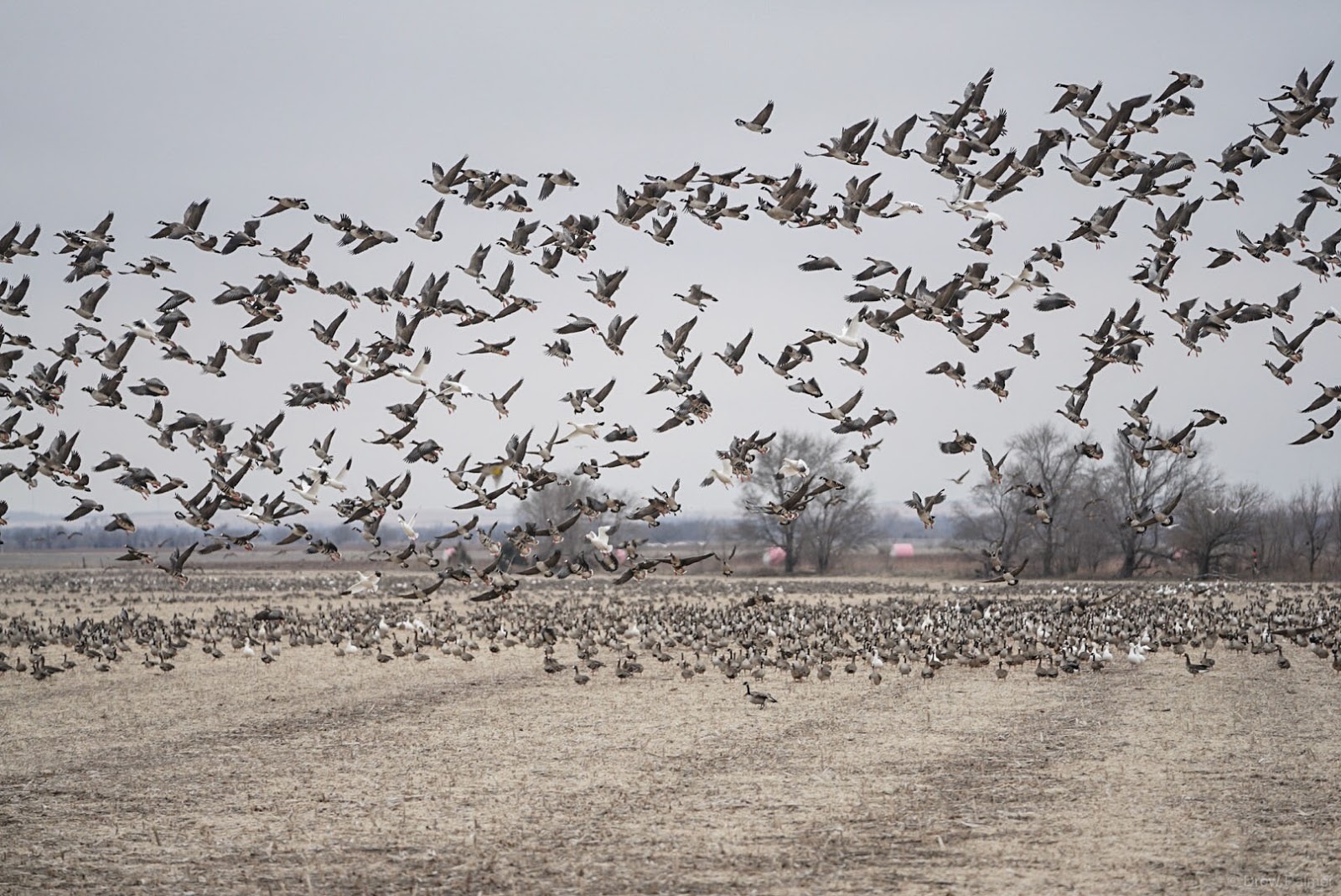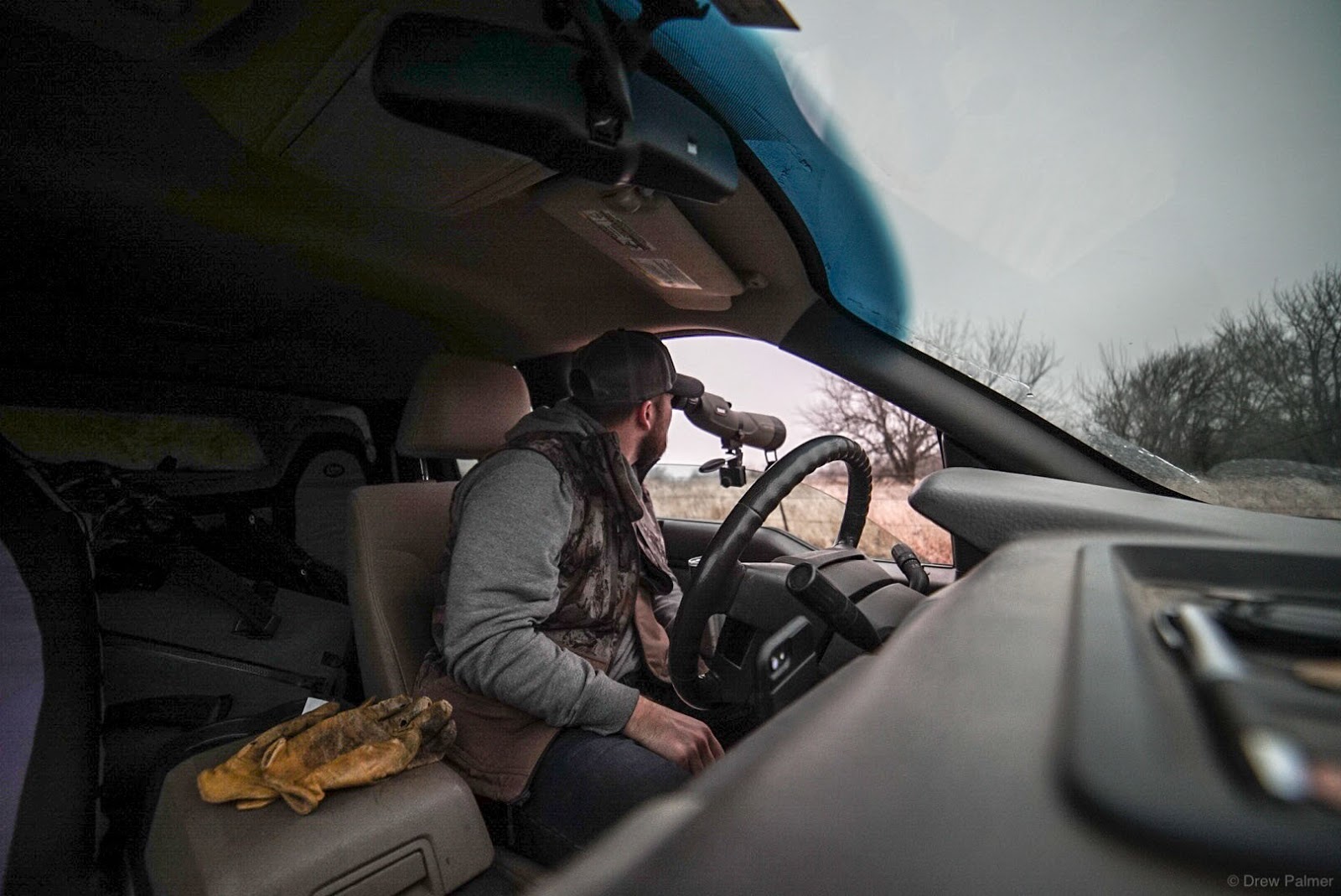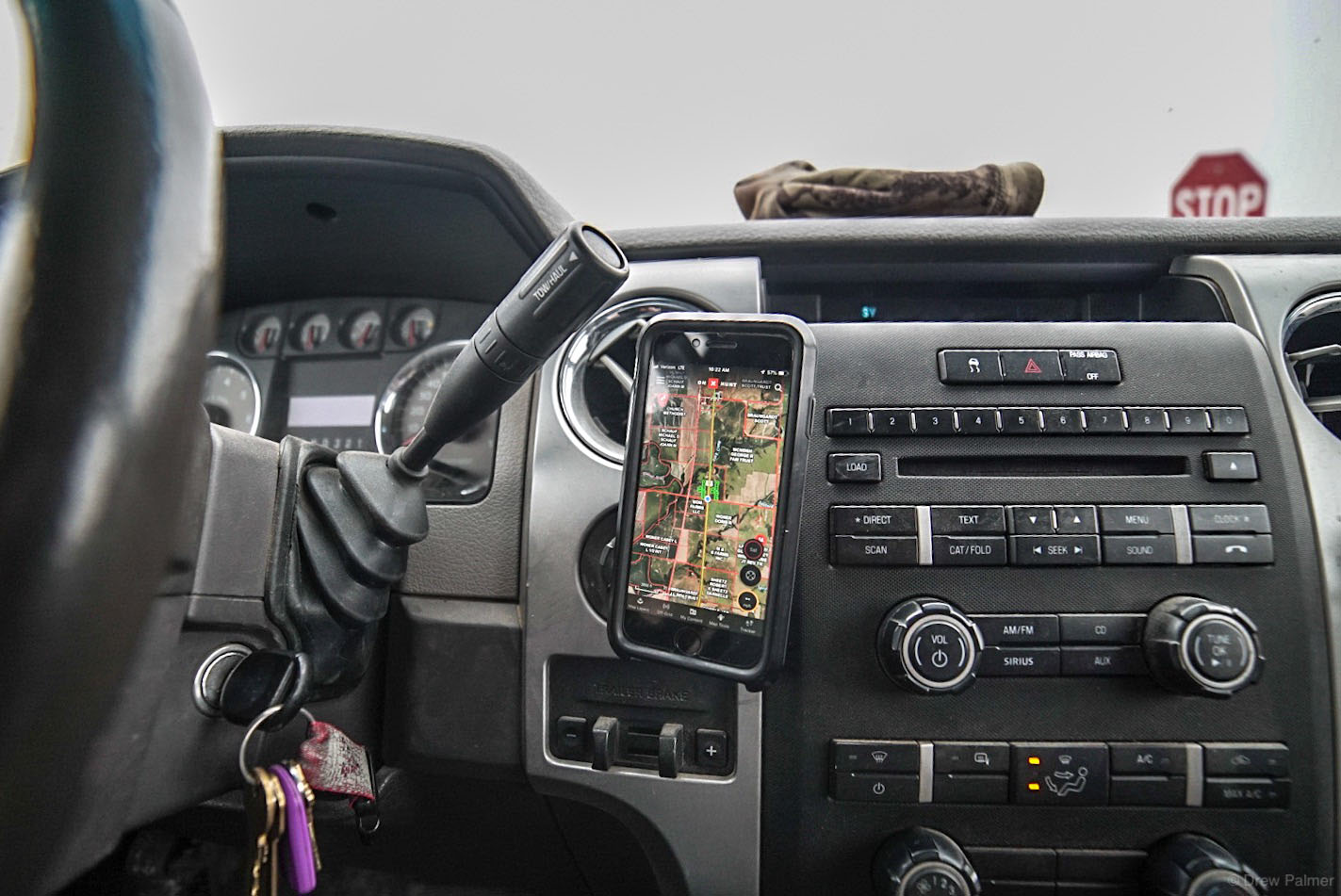Waterfowl Hunting: Scouting tips
Posted by Drew Palmer on Nov 5th 2024
Waterfowl in the Central Flyway are constantly in transition. They are in a daily battle to elude hunting pressure, find food, and search for open water. The weather can change 40 degrees or more on a weekly average, and thus the behavior of the ducks and geese does too.
Scouting is the only way to increase your success in the field, anything outside of that is merely a hope and a prayer during waterfowl hunting season.
Our scouting routine consists of two to three trucks splitting up to cover predetermined areas based on time of day and flight patterns. On average, we cover 60–90 miles in an evening.
Generally, ducks only feed in the evenings and little geese will feed twice a day. Big honkers tend to be more unpredictable; it depends on their roost or loafing location, and if the temperature in the mornings is over or under 40°. When on the road, I’m looking for ducks on mudhole ponds near feed fields. Ducks will trickle to these loafing areas from the roost all day and generally more in the afternoon ahead of feeding.

Once I see the first groups starting to leave water, I’ll slowly trail them to where they are going. We’re looking for geese on a straight line hitting a field. If they are field jumping or circling 14 times to get in, that field isn’t a sure thing. If I’m heading to a new area that I haven’t been to in the last several days, I’ll go to the nearest high point and look for the flight line and let several groups go out until I’ve seen enough to hunt, then it’s all about finding where they are and watching to see if that field is hot.
When watching geese hitting feed fields, there is always a list of things I’m looking for. One is knowing what the weather in the next several days is going to do. I’m definitely not going to feel confident those birds will show up if they are feeding in wheat and the next day is forecasted for a major temperature drop, or there is a wind change and heavy winds in the birds’ faces the whole time from the water to the field. If lesser/specks are flying over 10 miles or have to fly over hunting pressure to get to the field, I want to see them do it for at least two days before I’m moving in. I’m also looking at how the birds approach the field and how the hide situation is. Does it have a waterway or decent edge hide? Or is it going to take 1,200 socks and silhouettes in the middle of the field on the X to put a pile on the ground.

I always take my spotting scope with a window mount with when scouting. Birds are extra spooky with slow moving vehicles near them on roads and are notorious for blowing up if a truck drives by too close. I like to watch from at least a quarter mile away, and even farther if possible. I also always have my onX Hunt app. Its maps make ownership a lot clearer than anything else does.

If you’re not scouting, you’re simply operating on hope. Hope is not a strategy for killing waterfowl consistently. The right scouting routine makes all the difference.




